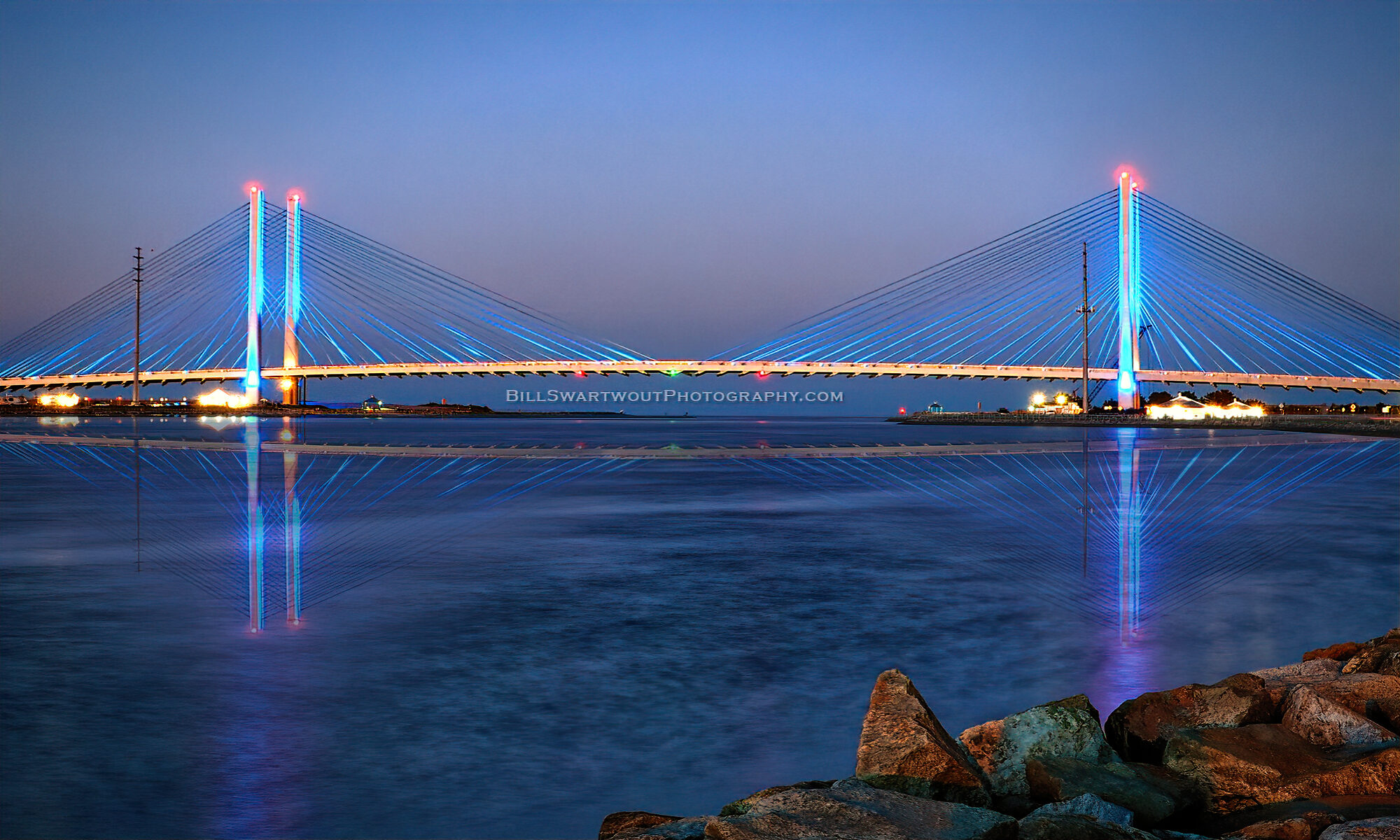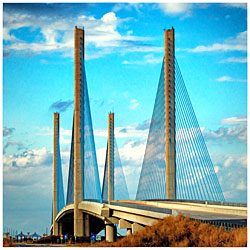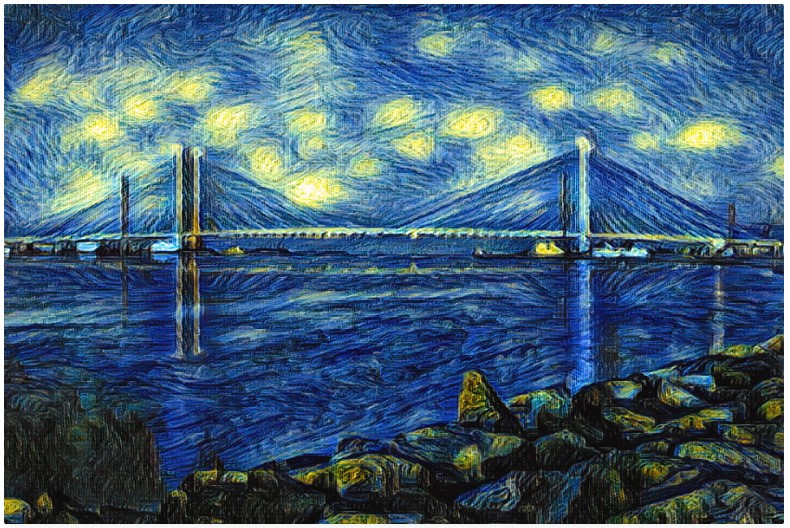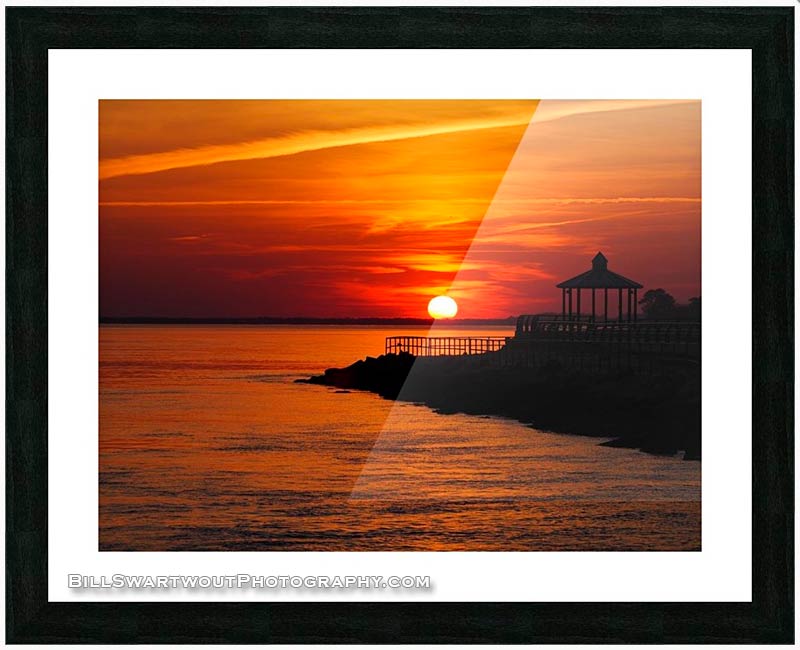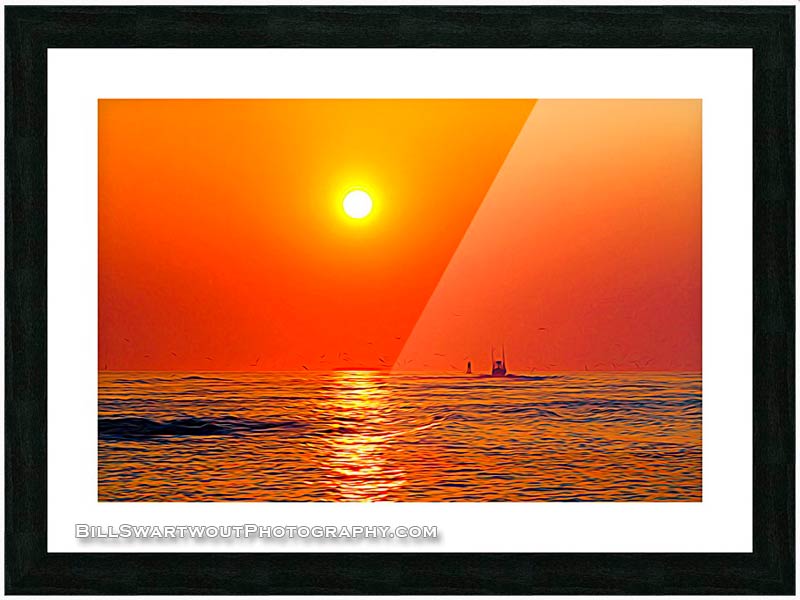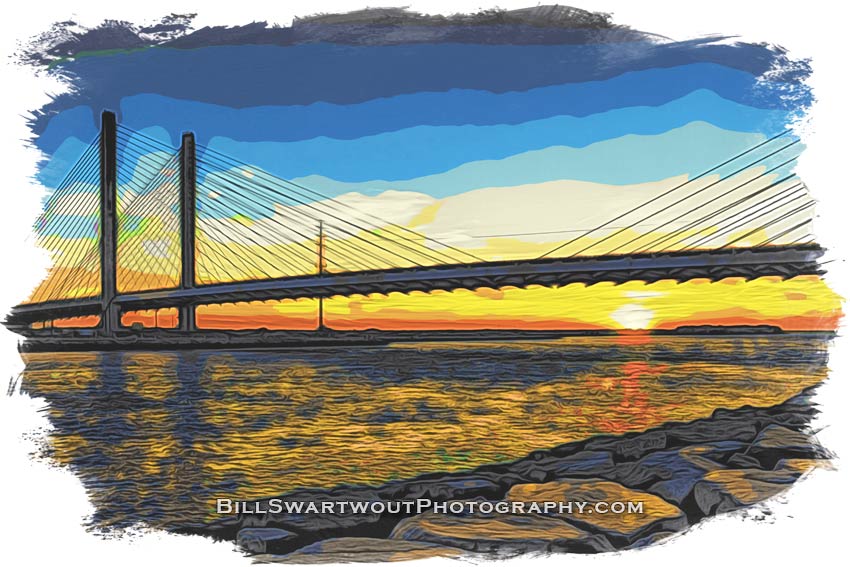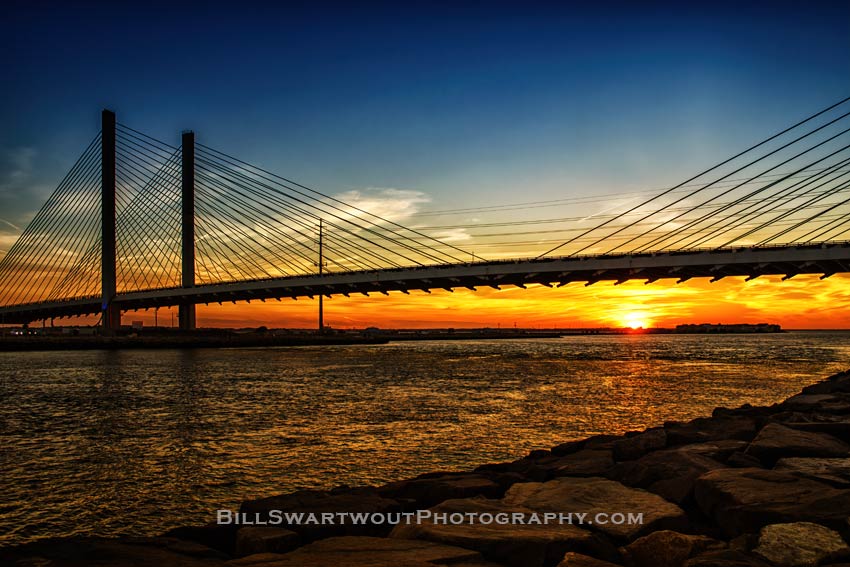The Charles W. Cullen Bridge as it might have been painted by Van Gogh, the Dutch artist…
Vincent Van Gogh is a Dutch post-impressionist painter whose works are renowned for their emotional impact and vibrant, expressive color palettes. Recognized as one of the most influential painters of all time, his unique style evokes a deep sense of emotion in viewers. Imagine then, if Vincent Van Gogh were to paint the Indian River Inlet Bridge in Delaware in the style of his famous Starry Night piece.
The Indian River Inlet Bridge is a picturesque sight in Sussex County, Delaware. With its majestic arches and stunning views of the bay and ocean, it’s easy to imagine how the Dutch master Vincent Van Gogh might have painted this structure if he had seen it himself. His trademark swirling brushstrokes and brilliant blues would be perfectly suited to capture the essence of this iconic bridge.
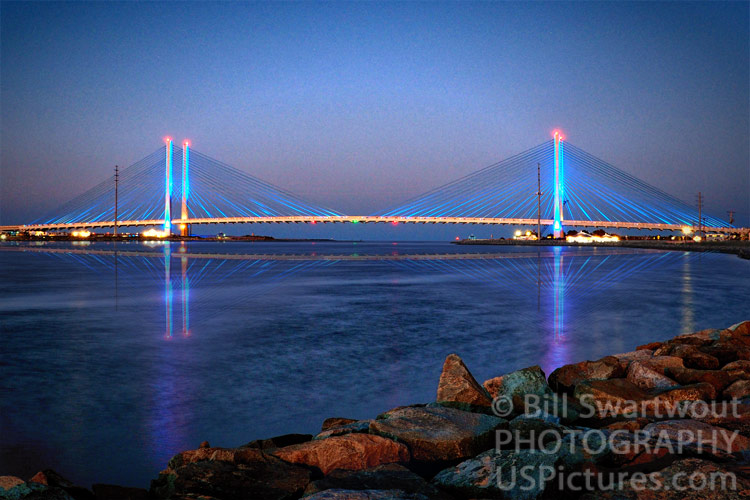
A Van Gogh-inspired painting of the Indian River Inlet Bridge would likely feature a starry night sky filled with points of light that add an air of drama to the piece. This would be an apt representation, as photographer Bill Swartwout has captured some incredible photographs of this same bridge under a blanket of stars.
It the Starry Night for you?
Yes, of course, both of the above pieces are available as prints, wall art, and on home-decor items. Either click on one of the Indian River Bridge images above or one of the links below.
Link to: Starry Night at the Indian River Inlet Bridge
Link to: Indian River Inlet Bridge Twilight
Link to: Bill Swartwout Photography
Link to Bill’s: Artificial Intelligence Gallery
In summary, Vincent Van Gogh’s famous painting “The Starry Night” has been recreated in the form of a highly edited photograph by Bill Swartwout Photography. The Indian River Bridge at the Delaware Seashore State Park near Bethany Beach, DE serves as the backdrop for this stunning image. At night, the bridge is illuminated with blue spotlights that gives it an ethereal feel reminiscent of Van Gogh’s masterpiece. Bill has captured this magical moment in time with his camera and then retells the story of “The Starry Night” in a new and exciting way using the editing capability of Artificial Intelligence (AI) computer software.
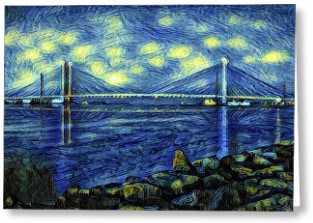
Here is one of many items available. This greeting card is less expensive than many in local stores and you can customize the message area inside. Click HERE or click the card picture for more information and to order. Cards are $4.95 as a single or $2.45 per cards in a 10-pack, or $1.75 in a 25-pack. They are of a high enough quality to be framed.
